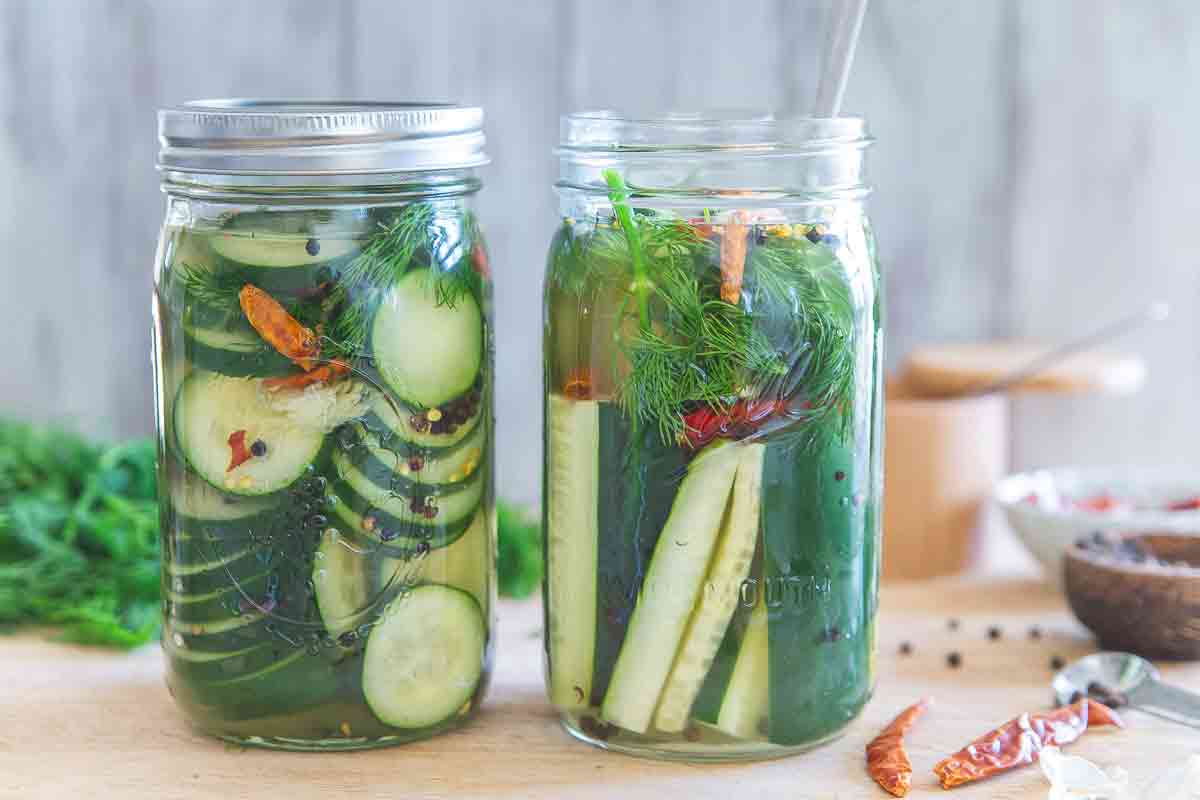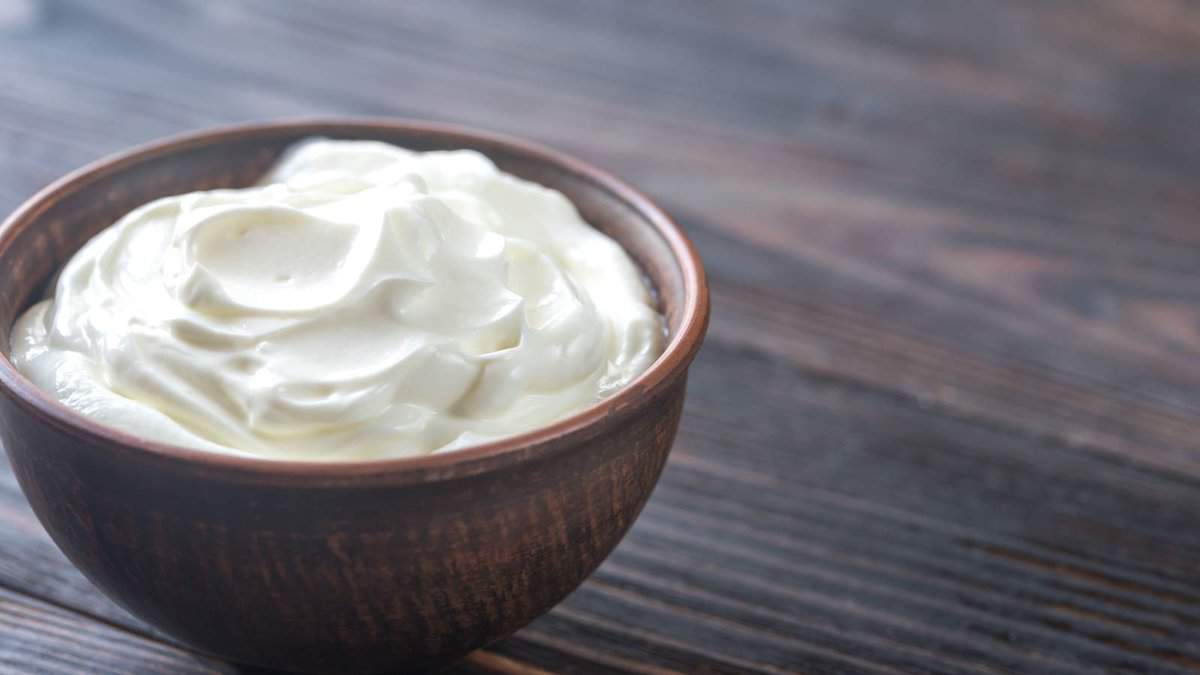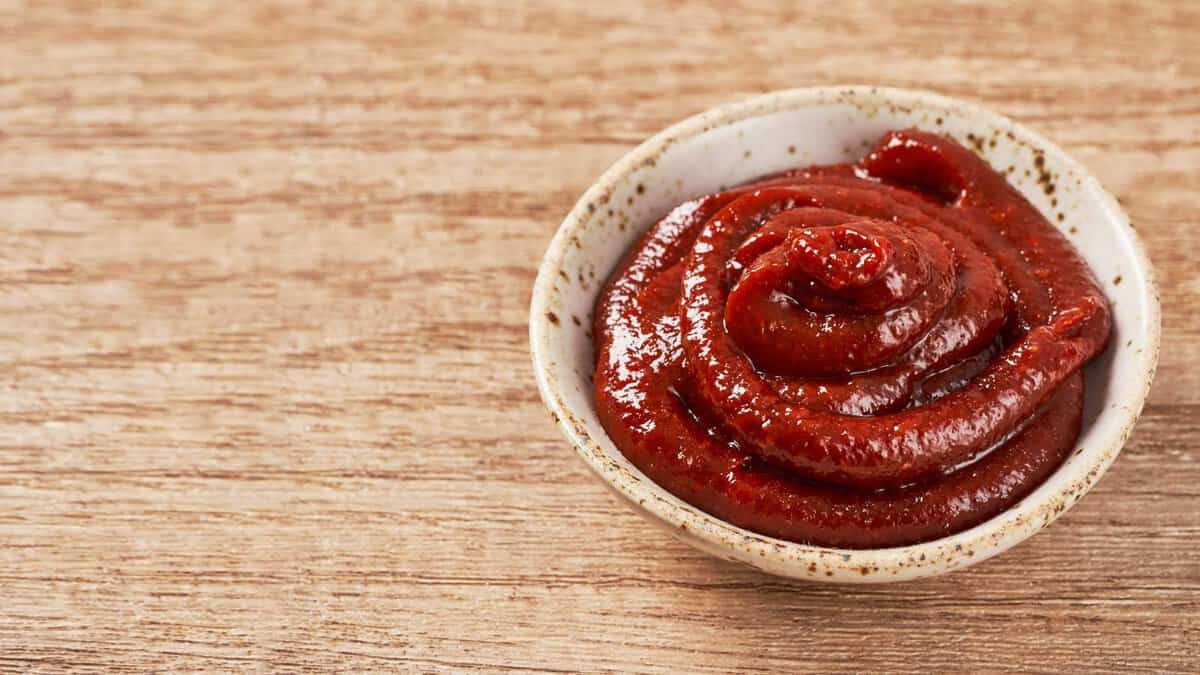Probiotic supplements can be expensive, but you don’t have to break the bank to support your gut health. There are plenty of affordable foods that can do the job just as well, if not better. These relatively cheap and accessible foods outshine pricey probiotic supplements so you can boost your digestion without emptying your wallet.

Sauerkraut

Sauerkraut isn’t just a hot dog topping; it’s a probiotic powerhouse. Made from fermented cabbage, it’s loaded with lactobacilli bacteria that support your gut health. Just make sure you grab the unpasteurized kind, as it retains all those good bacteria.
Get the Recipe: Red Cabbage Sauerkraut
Tempeh

Tempeh is more than just a protein-packed soy product. Thanks to its natural fermentation process, it’s filled with beneficial microbes. Perfect for vegetarians and vegans, it’s a versatile ingredient that can easily replace meat in your meals.
Get the Recipe: Marinated Crispy Baked Tempeh
Pickles

Fermented pickles are a crunchy, tangy way to add probiotics to your diet. Unlike regular vinegar-based pickles, these are fermented in a saltwater brine, which helps beneficial bacteria thrive. They’re a simple yet effective way to boost gut health.
Here’s a great guide on how to ferment vegetables.
Yogurt

Yogurt is a familiar and easy way to get your probiotics. Made through fermentation, it’s packed with friendly bacteria like Lactobacillus. Whether you enjoy it for breakfast or as a snack, it’s a versatile option that supports digestive health.
Kimchi

Kimchi, the spicy Korean dish, is a fantastic source of probiotics. This fermented cabbage is full of lactobacilli and other beneficial bacteria. It’s not just great for your gut; it adds a burst of flavor to any meal.
Try it in this potato hash recipe.
Miso

Miso, a staple in Japanese cooking, is made from fermented soybeans and is rich in probiotics. Its savory taste can enhance soups, sauces, and even marinades, making it a delicious way to support your digestive system. Its savory flavor adds a umami punch to soups, sauces and chicken.
Kombucha

Kombucha is the fizzy, fermented tea that’s taken the health world by storm. Its fermentation process creates a colony of bacteria and yeast, turning it into a gut-friendly drink. It’s a refreshing alternative to sugary sodas.
Cheese

Certain cheeses, especially aged ones like Gouda, Cheddar, and Swiss, are hidden gems of probiotics. Made with fermenting bacteria, they not only taste amazing but also provide your gut with healthy bacteria.
Kefir

Kefir is like yogurt’s tangy, probiotic-rich cousin. This fermented milk drink is packed with even more bacteria, making it a powerful option for gut health. Enjoy it as a drink, in smoothies, or even in salad dressings. Kefir salad dressing or kefir ice cream are great ways to enjoy this probiotic food.
Sourdough Bread

Sourdough bread is a delicious way to add probiotics to your diet. The fermentation process creates beneficial bacteria, making it easier to digest than regular bread. Plus, it’s perfect for sandwiches and toast. If you keep a sourdough starter, you’ll love these easy sourdough discard pancakes.
Gochujang

Gochujang, a Korean fermented chili paste, is both spicy and probiotic-rich. Made by fermenting soybeans with chili peppers and rice, it adds a kick of flavor and a dose of good bacteria to dishes.
Use it in this easy skillet meal: gochujang chicken.
Natto

Natto is a traditional Japanese food made from fermented soybeans, rich in probiotics like Bacillus subtilis. It’s known for its unique flavor and can be enjoyed with rice, soy sauce, and toppings like mustard and green onions.
You’re Wasting Money Buying Fermented Vegetables In The Store – How To Do It In 7 Simple Steps

Are you spending a small fortune on fermented vegetables at the store? They’re insanely priced, aren’t they? That’s why I learned how to do it myself. Making them at home is so much easier than you probably think and can save you a bundle. In just 7 simple steps, you can whip up your own delicious, probiotic-rich veggies that are not only healthier but also way cheaper than the store-bought versions.
Read it Here: You’re Wasting Money Buying Fermented Vegetables In The Store – How To Do It In 7 Simple Steps
11 Foods Nutritionists Wish You’d Stop Eating Now

We all have those guilty pleasures when it comes to food, but some items on our plates are doing more harm than good. Nutritionists point out a few usual suspects that might be sabotaging your health goals. These are the foods that experts strongly suggest cutting out or reducing in your diet. Read on to find out what to avoid and why making these changes can lead to a healthier, happier you.
Read it Here: 11 Foods Nutritionists Wish You’d Stop Eating Now
Select photos provided by Depositphotos.
Gina Matsoukas is an AP syndicated writer. She is the founder, photographer and recipe developer of Running to the Kitchen — a food website focused on providing healthy, wholesome recipes using fresh and seasonal ingredients. Her work has been featured in numerous media outlets both digital and print, including MSN, Huffington post, Buzzfeed, Women’s Health and Food Network.













I love all the probiotic products that you post. I want to learn how to make
Crunchy pickles.